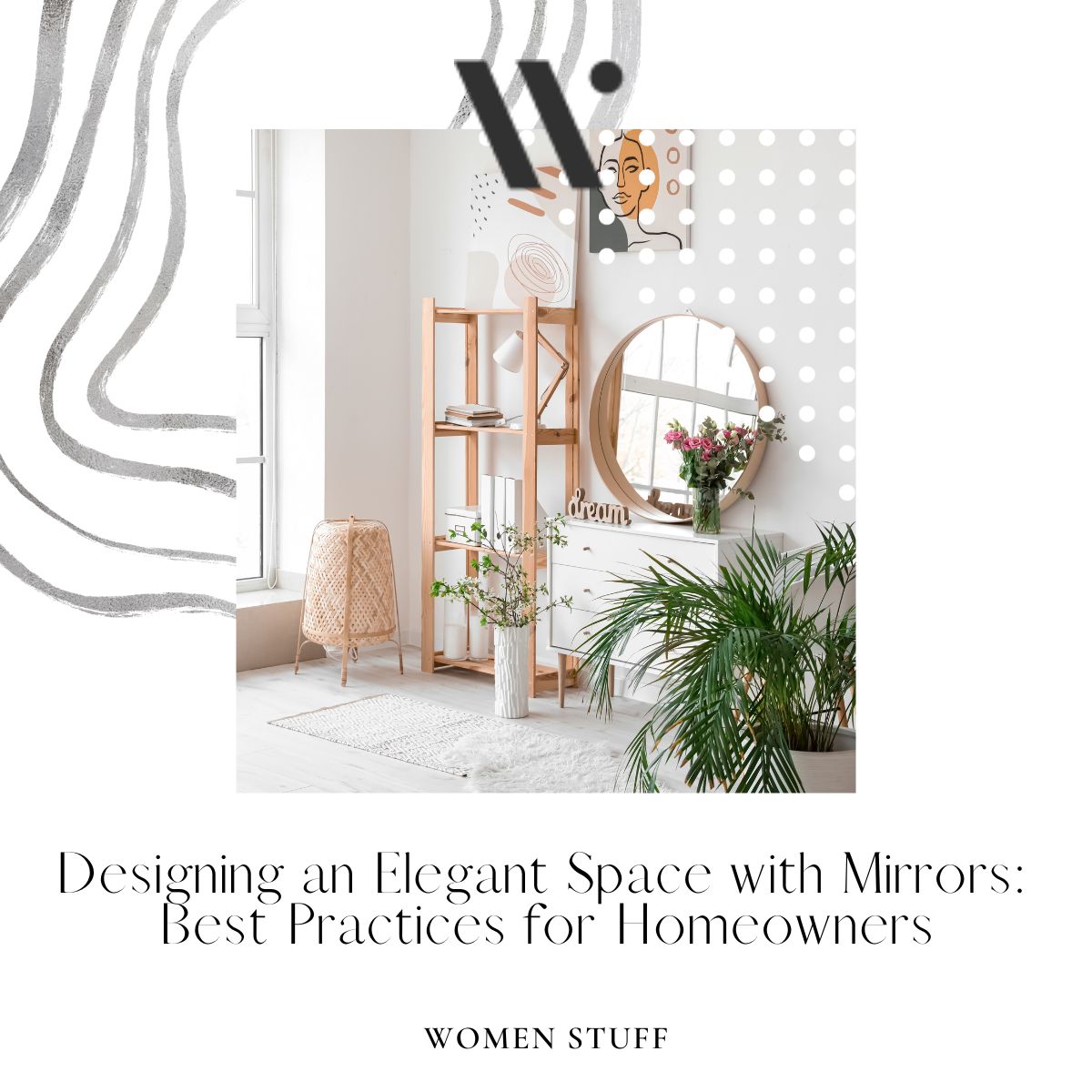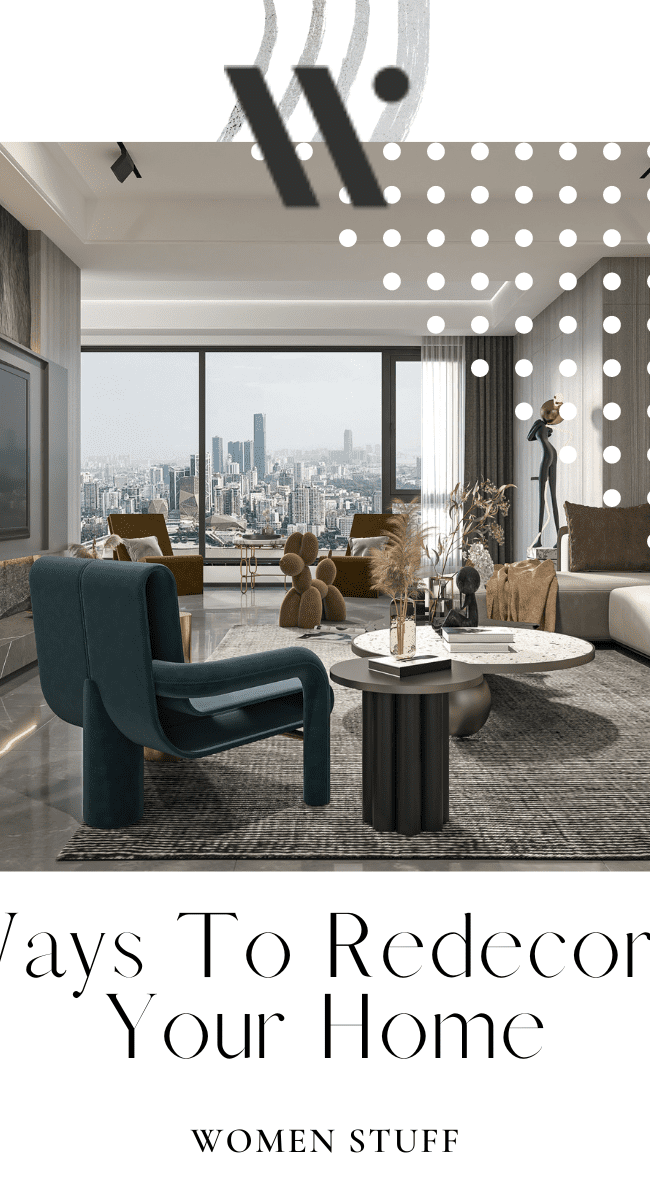
Designing an Elegant Space with Mirrors: Best Practices for Homeowners
Mirrors possess a unique charm that blends utility with aesthetics. Skillfully placed, they can dramatically enhance the elegance and spaciousness of your living space. Whether adding a statement piece to your living room or tactically positioning mirrors to optimize light, these reflective surfaces can transform your home.
The purpose of this guide is to provide homeowners with a comprehensive understanding of using mirrors effectively in interior design, offering tips, best practices, and creative ideas to make the most of these versatile decorative elements.
Benefits of Using Mirrors in Interior Design
Before we get into the specifics, let’s first understand why you should consider incorporating mirrors into your interior design. Apart from being a practical addition to any room, mirrors offer several benefits that can greatly enhance the overall look and feel of your living space.
Here are some benefits:
Create the illusion of space
Mirrors can make a room appear larger and more spacious by reflecting light and adding depth. This is particularly useful for smaller rooms or those with limited natural light.
Increase natural light
Strategically placed mirrors can reflect natural light, brightening up dark areas of your home and creating a warm and inviting atmosphere. This can also help reduce the need for artificial lighting during the day, saving energy and lowering utility costs.
Add a decorative element
Mirrors come in various shapes, sizes, and styles, making them a versatile addition to any room. They can serve as statement pieces or blend seamlessly into the background, adding depth and interest to your home decor.
Improve Feng Shui
According to the ancient Chinese practice of Feng Shui, mirrors can redirect energy flow and create balance in a room. Careful placement of mirrors can help improve the overall harmony and energy within your living space.
Your local professional team can tell you more about this if you visit their website.
Best Practices for Using Mirrors in Interior Design
Now that you understand the benefits of incorporating mirrors into your home decor, here are some best practices to keep in mind when using them:
Use mirrors to highlight focal points
Mirrors can be used strategically to draw attention to a specific area or feature of a room, such as a fireplace, artwork, or architectural detail.
Blend mirrors with the surrounding decor
When selecting a mirror, consider the style and aesthetic of the room it will be placed in. A mirror that clashes with the rest of the decor can look out of place and disrupt the visual flow.
Experiment with different shapes and sizes
Don’t limit yourself to traditional rectangular mirrors. Round, oval, or even irregular-shaped mirrors can add a unique touch to your interior design.
Consider placement for maximum impact
Think about the purpose of the mirror and its placement in a room. For example, hang a large mirror in an entryway to create the illusion of a larger space or place a small mirror above a vanity for functionality.
Use mirrors to complement artwork
Mirrors can work well alongside artwork, creating balance and reflecting light onto the piece. However, be mindful of placing mirrors directly opposite artwork, as this can create glare and distort the image.
Creative Ideas for Using Mirrors in Interior Design
Here are some creative ways to incorporate mirrors into your interior design:
Mirrored furniture
Furniture with mirrored surfaces, such as a side table or cabinet, can add a touch of glamour and reflect light around the room.
Mirror walls
A wall covered with mirrors can create a unique and dramatic effect in any room, making it appear larger and adding dimension.
Mirrored backsplash
A mirrored backsplash in the kitchen or bathroom can add visual interest and make the space feel brighter.
Decorative mirror clusters
Instead of using one large mirror, consider grouping smaller mirrors of different shapes and sizes to create an eye-catching display on a wall.
Mirror ceiling
For a truly unique design element, consider installing a mirrored ceiling in a room or hallway. This can add height and interest to an otherwise plain space.
How to Choose the Right Mirror for Your Space
When selecting a mirror, keep the following factors in mind to ensure it complements your living space:
Size
Consider the size of the room and surrounding decor when choosing a mirror. A large mirror in a small room can overpower the space, while a small mirror in a large room may get lost.
Shape
As mentioned earlier, don’t limit yourself to traditional rectangular mirrors. The shape of the mirror should complement the rest of the room and add interest.
Frame style
The frame of a mirror can greatly impact its overall look and feel. Choose a frame that matches the aesthetic of your home decor or stands out as a statement piece.
Functionality
Think about the purpose of the mirror and its placement in a room. If it’s primarily for functionality, such as in a bathroom or dressing area, choose a mirror with good lighting and clear reflection.
Maintenance
Keep in mind that mirrors can easily get dirty and require regular cleaning to maintain their reflective quality. Consider where the mirror will be placed and how often you must clean it when deciding.
How to Maintain Mirrors in Your Home
To keep your mirrors looking their best, follow these tips:
Regular cleaning
Wipe down mirrors with a soft, lint-free cloth and a solution of equal parts water and vinegar. Avoid harsh chemicals or abrasive cleaners that can damage the mirror’s surface.
Avoid moisture
Keep mirrors away from areas with high humidity, which can cause condensation and damage the reflective backing.
Protect the frame
If the mirror has a frame, take extra care when cleaning it to avoid damaging or scratching it. Use a gentle cleaner designed for that particular material.
Check for damage
Regularly inspect your mirrors for any chips, cracks, or discolouration. These can not only ruin the look of the mirror but also pose a safety hazard.
Final Thoughts
Mirrors are not only functional but can also serve as stunning design elements in your home. By following these best practices and creative ideas, you can incorporate mirrors into your interior design in a way that adds beauty, functionality, and a touch of elegance to any space.
Remember to choose mirrors that complement your living space and maintain them regularly for long-lasting use and enjoyment.





